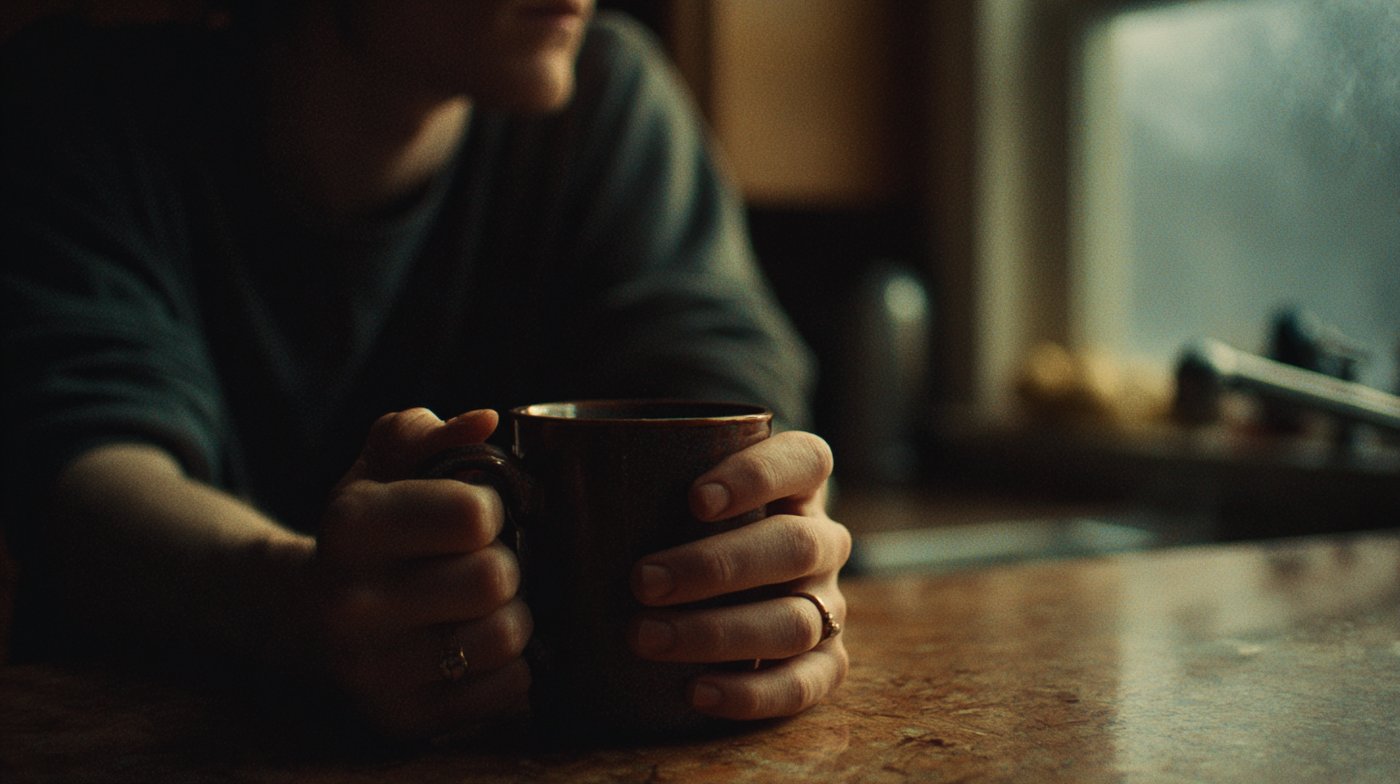There’s a particular kind of sadness that wears business casual and replies to emails on time. It keeps the fridge decently stocked and even remembers to buy stamps. It doesn’t cry on the bathroom floor at 2 a.m. (well, not often). Its high-functioning depression.
This isn’t the depression that calls out for help in a dramatic crescendo. It lives its life, going through the motions under the cover of a darkness no one else can see. Clinically, it often shows up as Persistent Depressive Disorder—or dysthymia, if you want the Latin term.
It lingers for years, subtle as wallpaper, convincing you that this state of low-grade suffering is just your personality.
What Is High-Functioning Depression?
What makes high-functioning depression so tricky is that it doesn’t look like the stereotype. People with it often hold jobs, raise children, make dentist appointments, and even laugh at the right moments.
But inside, there’s a relentless drone of numbness, exhaustion, or a feeling that nothing is ever quite good enough. The colors are dimmed. The volume is turned down. And you start to forget what brightness ever felt like.
Invisible Doesn’t Mean Harmless
High-functioning depression rarely gets urgent headlines. It’s not loud. But the slow erosion it causes is just as real. It makes joy feel like a distant rumor. You’re technically “fine,” but living feels like wading through honey in a lead suit.
And the longer it stays, the more your brain wires itself around it. Your nervous system eventually adjusts to the dull thrum of this mild despair as if it’s normal.

What’s Happening?
This isn’t weakness. It’s a neurological feedback loop, one that can be interrupted—but not by gritting your teeth and powering through. In fact, that’s how it thrives. The answer?
Therapy. Real therapy.
The kind that helps you retrain your brain’s synapses to believe in light again. Even better—if you’re on Medi-cal, yes, it often covers therapy for persistent depressive disorder.
Therapy doesn’t have to be out of reach. A lifeline you can grab, right now.
What High-Functioning Depression Looks Like:
- You meet deadlines but feel nothing when you succeed.
- You’re exhausted all the time, even with eight hours of sleep.
- You fake laughter in conversation but feel emotionally flat.
- You care for others but have no energy left for yourself.
- You start avoiding joy, connection, or even silence, because it feels like too much work.
- You’re always “just tired,” “a little off,” or “in a weird mood.”
- You keep going, because stopping feels impossible.
Therapy Is Not Just for Meltdowns—It’s for Maintenance
Therapy for high-functioning depression isn’t about unpacking childhood trauma while lying on a leather sofa (though it can be). It’s often more like working with someone who knows how to spot the exact part of the engine that’s misfiring.
You’re still driving—just inefficiently. Good therapy helps recalibrate your internal wiring, rewiring those well-worn neural loops that keep you stuck in low gear.
Depression Therapy Covered By Medi-Cal
Many people don’t realize that their coverage often includes regular therapy sessions with licensed professionals. That includes treatment for persistent depressive disorder and other forms of high-functioning depression. You don’t need to wait until things fall apart. You’re allowed to get help before that.
If you see yourself in any of this—if you’ve been dragging your emotional feet through the week, wondering if this quiet grayness is just your lot in life—pause.
Breathe.
This can change. Therapy helps. And it doesn’t have to be complicated or expensive.
Call Redwood Counseling in Southern California today at 800-662-2873.
We understand what high-functioning depression looks like in real life—and how to help you feel like yourself again.




